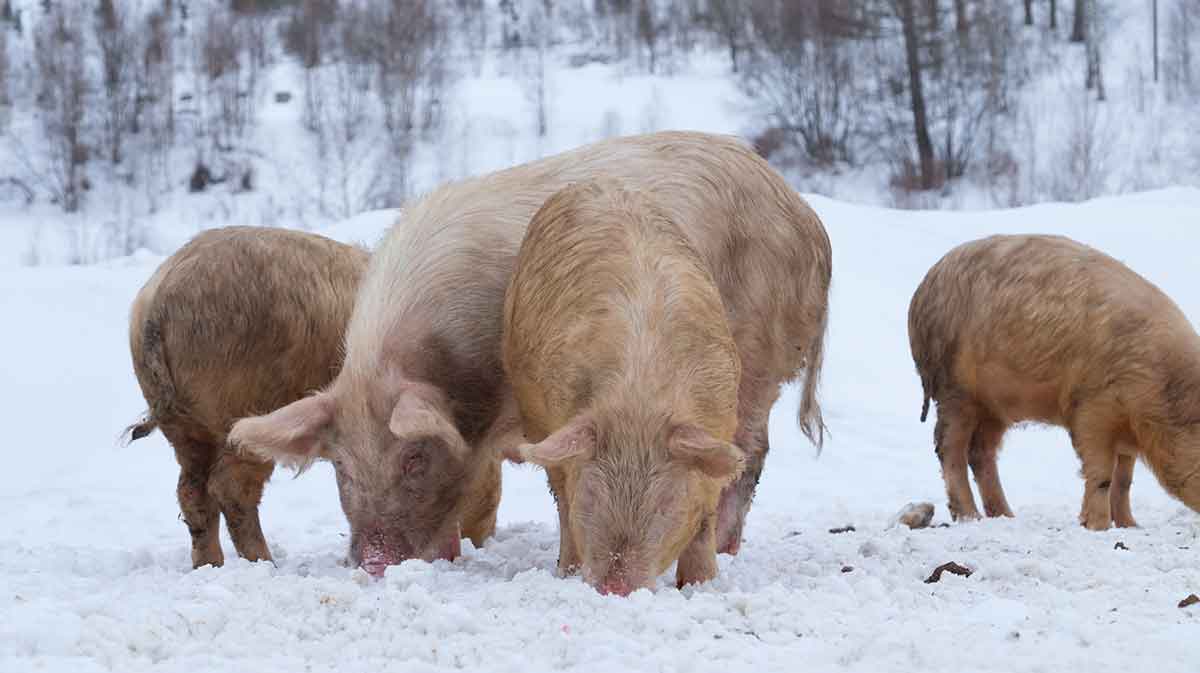Ukraine’s surprise cross-border incursion into Russia’s Kursk region on August 6 has jeopardised dozens of large pig farms and huge processing capacities in the region.
Within a week, the advance was 12km deep, and this new chapter of the conflict may herald big problems for the Russian pig industry.
Kursk is Russia’s second-largest pig-producing region, after neighbouring Belgorod, which has been consistently suffering from cross-border shelling.
As of early 2024, Kursk’s pig population was almost 2.5 million head. The region houses Russia’s biggest slaughterhouse and processing plant, with a capacity of 4.5 million head a year, owned by the largest Russian pork manufacturer, Miratorg, nearly 100km away from Soudzha, a town at the epicentre of the Ukrainian offensive.
In a statement on August 19, Miratorg revealed it had helped its employees evacuate from the parts of Kursk affected by the fighting, not specifying whether any of its operations were affected.
As estimated by Smirnov, nearly 130,000 Russians were evacuated from the areas bordering Ukraine. Miratorg employs about 8,000 people in the Kursk region, nearly one-quarter of its total workforce.
It is too early to judge whether the fighting has affected the pig industry’s output—much is still hidden in the ‘fog of war’, but recent events clearly show that some of the worst nightmares of Russian pig farmers are coming true.
Belgorod, Bryansk and Kursk – three regions bordering Ukraine – jointly house around 8 million pigs. Fears that the fighting could escalate into Russian territory were voiced by a prominent Russian pig company, RusAgro, in late 2022.
One of the biggest challenges for the Russian pig farms in the regions affected by the hostilities is filling the available vacancies, as the Russian economy deals with one of the worst labour-force crises in its history.
For example, a Russian poultry farm near St Petersburg has estimated it lacked nearly 30% of the workers needed for sustainable operation.
The picture is believed to be similar in the pig industry, where labour shortages is a pressing issue, even in the safe territories.
Reeling foreign trade
Fights raging in the Kursk region are not the only problem the Russian pig industry faces.
Mounting difficulties in making and receiving payments in the Chinese yuan have reached the point where Russian agricultural exporters have started to consider switching to barter trade, local press reported.
These problems stem from US authorities’ threats to impose secondary sanctions against foreign banks and financial institutions facilitating trade with Russian businesses.
This is bad news for Russian pork exporters, who have contemplated ramping up exports to China, following the withdrawal of the 15-year ban late last year.
In 2024, Russia could export 60,000-70,000t of pork to China, the Russian Union of Pork Producers estimated.
Most of this was due to be shipped in the second half of 2024, after deliveries reached only 10,000t in the first six months of the year.
The prospects of continuing exports to Vietnam, the largest foreign market for Russian pork outside post-Soviet space, remain vague, as difficulties in collecting payments for the delivered goods are also being seen there. In 2023, Vietnam imported 86,000t of Russian pork, 89% up on 2022.
Last but not least, the Russian pig industry is very dependent on feed additive imports. China meets around 90% of the demand in the Russian market, and any disruption in these deliveries would make the industry suffer.
It remains to be seen whether the barter trade can come up with a reasonable solution to this problem.
